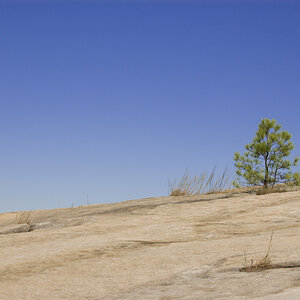C4talyst
TPF Noob!
- Joined
- Apr 18, 2011
- Messages
- 25
- Reaction score
- 2
- Location
- Virginia
- Can others edit my Photos
- Photos NOT OK to edit
I took this photo yesterday on the Skyline Drive in Virginia. I was using a D3100 w/ the 18-55 kit lens, tripod, and remote shutter release. How can I prevent or somewhat suppress a lot of the lens flare that occurred here? Would a better body, glass, or filters have helped?
Also, how can I lessen the sun's ability to drown out the entire shot when photographing sunrises and sunsets? I was toying with a dark Hoya NDx8 filter and the camera's exposure value settings when shooting the sunset yesterday, but I'm definitely not getting the same great results I see others accomplishing.
Thanks!
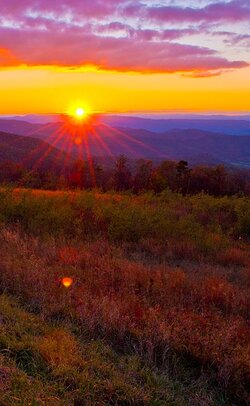
Also, how can I lessen the sun's ability to drown out the entire shot when photographing sunrises and sunsets? I was toying with a dark Hoya NDx8 filter and the camera's exposure value settings when shooting the sunset yesterday, but I'm definitely not getting the same great results I see others accomplishing.
Thanks!



![[No title]](/data/xfmg/thumbnail/32/32635-be18e952e67667cbb1525b4b057b6423.jpg?1619735554)
![[No title]](/data/xfmg/thumbnail/42/42483-f2f2bc205a7f02ea47df4ffc45d86e24.jpg?1619740195)
![[No title]](/data/xfmg/thumbnail/36/36397-b2aca1c8ba1009853020154d6dd4b0e5.jpg?1619737550)

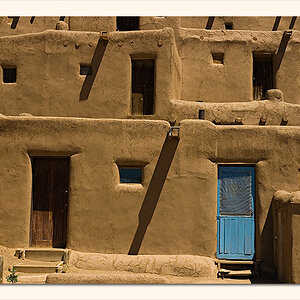

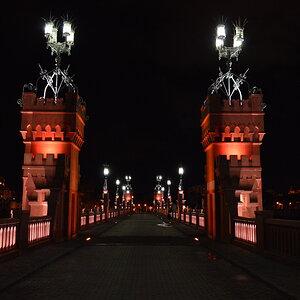
![[No title]](/data/xfmg/thumbnail/35/35270-a66987e049fb56c03e604b4c77910b81.jpg?1619736972)
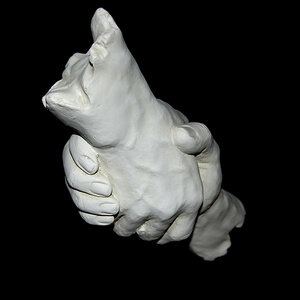
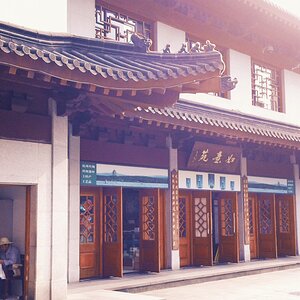
![[No title]](/data/xfmg/thumbnail/33/33341-3a6934b6cdb015b5acf31087acdcd278.jpg?1619735910)
